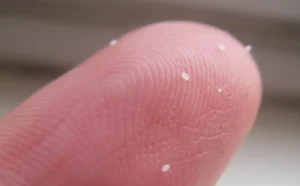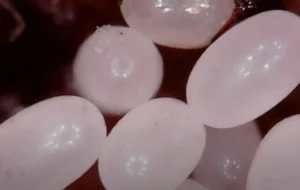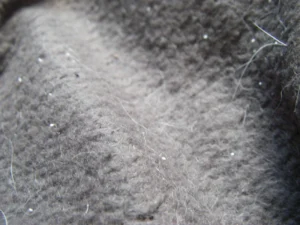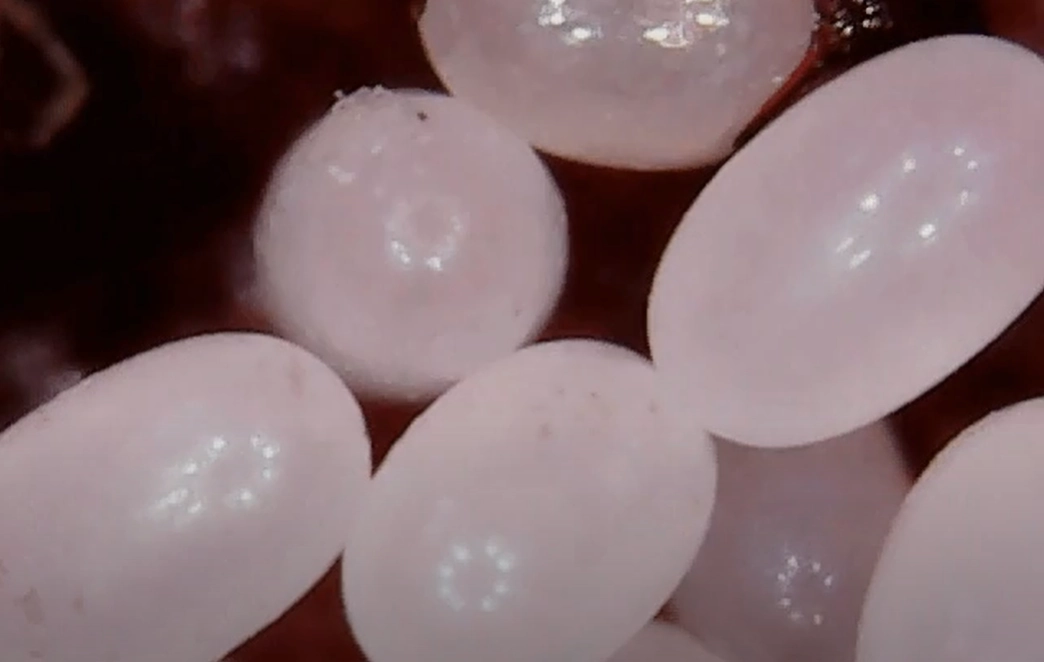Table of Contents
ToggleDealing with a flea infestation can feel like an endless battle, but the key to victory lies in targeting not just the adult fleas but their eggs too. At On Demand Pest Control, we know that flea eggs are the hidden culprits behind recurring problems. These tiny pests can lay up to 50 eggs a day, and if left unchecked, they can turn your home into a breeding ground. In this comprehensive guide, we’ll cover everything you need to know about flea eggs—from identification to elimination—so you can protect your pets, family, and home. Whether you’re spotting signs on your furry friend or in your carpets, understanding flea eggs is your first step toward a flea-free life.

What Do Flea Eggs Look Like to the Human Eye?
Flea eggs are notoriously difficult to spot due to their minuscule size—less than half a millimeter long. They appear as small, oval-shaped specks that are whitish or off-white in color, often resembling tiny grains of rice or salt. Freshly laid, they might look shiny and translucent, but as they dry, they become more opaque and solid white.
Under a microscope or in close-up photos, their smooth, elongated form becomes clearer. However, in everyday settings like your pet’s fur or bedding, they blend in easily, especially on light-colored animals. If you’ve seen adult fleas hopping around, it’s safe to assume eggs are present nearby. Early detection is crucial, as a single female flea can produce hundreds of eggs in her lifetime, fueling rapid infestations.

How to Tell the Difference Between Flea Eggs, Flea Dirt, and Dandruff
Misidentifying flea eggs can lead to ineffective treatments, so let’s break it down. Flea eggs are uniform: tiny, white, and oval, like miniature pearls. In contrast:
- Flea Dirt (Flea Feces): This looks like dark, crumbly specks resembling black pepper. It’s actually digested blood from your pet. A quick test? Place the specks on a damp white paper towel—if they turn reddish-brown, it’s flea dirt.
- Dandruff: These are flaky, irregular white pieces from your pet’s skin. Unlike flea eggs, they’re not oval and won’t stick to surfaces like eggs do. Dandruff also doesn’t react to water.
Spotting these differences helps you confirm an infestation. Use a flea comb on your pet to collect samples—if you find eggs or dirt, it’s time to act fast.
How Long Do Flea Eggs Take to Hatch?
The flea life cycle has four stages: egg, larva, pupa, and adult. Flea eggs hatch based on environmental factors like temperature and humidity. In ideal conditions—around 30°C (86°F) and over 70% humidity—eggs can hatch in as little as 2 days. Hot, humid weather accelerates this, with up to 50% hatching in 36 hours.
In cooler or drier settings, hatching slows, and eggs can remain dormant for weeks or even months. This dormancy explains why infestations seem to “come back” after treatment. Once hatched, larvae feed on organic debris before pupating into adults, ready to jump on a host for a blood meal.
Where Do Fleas Lay Eggs?
Adult fleas prefer to stay on their host—your cat, dog, or even wildlife—where they lay eggs directly in the fur after feeding on blood. A female flea starts laying 24-36 hours after her first meal, producing up to 40-50 eggs daily.
These sticky eggs initially cling to the pet’s skin but dry out and fall off onto bedding, carpets, rugs, furniture, or floor cracks. They thrive in warm, humid spots like your heated home, even in winter. Pets can pick up eggs from outdoors, dog parks, or stray animals, spreading them indoors without you noticing.
How to Get Rid of Flea Eggs in Your House

Treating your pet alone isn’t enough—flea eggs in your environment must be eliminated to break the cycle. Here’s a step-by-step plan:
- Treat Your Pet First: Bath your pet with anti-flea shampoo, comb out eggs and fleas, then apply a topical or oral preventative. Replace collars regularly.
- Wash Everything: Launder all bedding, blankets, and fabrics in hot water (above 60°C) to kill eggs. Include pet beds and even items in unused rooms.
- Vacuum Thoroughly: Hit carpets, floors, baseboards, and under furniture daily. Empty the vacuum bag outside to prevent re-infestation.
- Use Insecticidal Sprays: Apply products with insect growth regulators (IGRs) to target eggs and larvae. These make adults infertile and prevent hatching.
- Natural Options: Diatomaceous earth dehydrates fleas and eggs in low-humidity areas. Essential oils like peppermint or citrus can repel as a follow-up.
- Foggers and Bombs: These can help but aren’t always 100% effective, as they miss cracks. Combine with sprays for better results.
Persistence is key—repeat treatments for at least two weeks to catch all life stages.
What Kills Flea Eggs Instantly?
For quick action, heat is your best bet: Wash items in hot water or use a steam cleaner on surfaces. Insecticidal sprays with IGRs or pyrethrins can kill eggs on contact. Avoid relying solely on foggers, as they may not penetrate everywhere.
Pro Tip: Combine IGR sprays with adulticides for comprehensive control, attacking fleas at every stage.
Prevention: Stop Flea Eggs Before They Start
- Use year-round flea preventatives on pets, especially in warm climates.
- Regularly groom and comb your pet to catch issues early.
- Keep your yard tidy—mow grass and remove debris to deter wildlife carriers.
- Vacuum weekly and wash pet areas frequently.
If fleas persist, professional help ensures complete eradication.
Don’t Let Flea Eggs Take Over—Call On Demand Pest Control Today
Ignoring flea eggs leads to ongoing infestations, itchy pets, and frustrated homeowners. By identifying them early and following these steps, you can reclaim your space. But for severe cases, DIY methods may fall short. At On Demand Pest Control, our experts use proven techniques to eliminate fleas and their eggs for good. Contact us today for a free consultation and say goodbye to fleas forever!
Disclaimer: This guide provides general information. For personalized advice, consult a professional pest control service.
